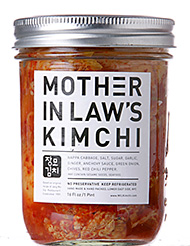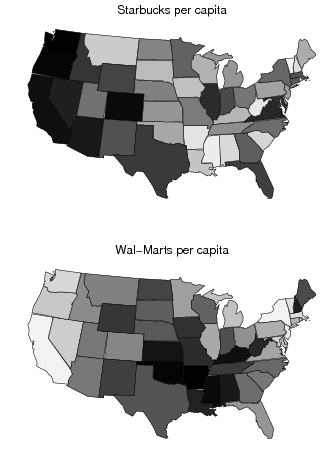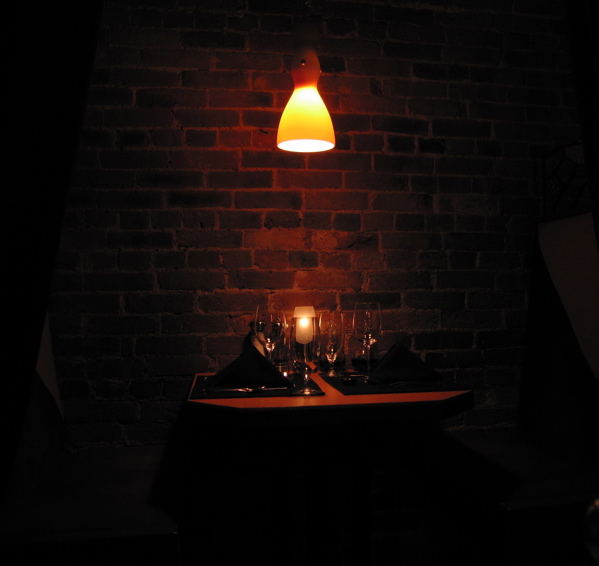JUST after 4 o'clock on a Wednesday afternoon, as a dozen people clicked away on their laptops at the Atlas Café in Williamsburg, Brooklyn.
ET on the corner of Havemeyer and Grand Streets, and flooded with light from two walls of windows, Atlas Café, which opened in 2003, looks like a combination of worn trattoria and late 1990s Seattle coffeehouse. The name reflects its wall-sized map of the world (there are also a mobile of hanging globes, and flourishes of décor inspired by someone's travel to the Far East). The soundtrack is a mix of old country and folk (Dylan, Willy, Cohen and Cash), classical, bebop and French ballads.
A makeshift milk station sits in the center of the 750-square-foot room. To the left is a long bar of dark stained rustic wood, where people order food and drink (proper espressos for $1.50, excellent panini, salads and deadly little chocolate-filled Italian doughnuts, $3), as well as the windowless, orange washroom. There are three stools at the bar, and beside them a table of reclaimed timber pressed against a cozy window bench. According to two signs, this little corner, perhaps one-sixth of the cafe, is designated a laptop-free zone.
Everything beyond is Laptopistan: two rows of old church pews formed into an elongated L, each fronted by small wooden tables and chairs. Scattered along the pews are tattered blue tubular pillows, for lumbar support. Windows run along the walls, flooding the computer zone with natural light during the day, creating a fishbowl effect for those inside looking out, and for passers-by, who frequently stop and stare at the tableau.
Entering Laptopistan is a task in itself. The floor presents an obstacle course of power cables snaking their way around coffee cups, over chairs, and around table legs, eventually finding a home in one of two power strips that look as though they came from a Soviet coal refinery. Whenever a plug is inserted, the outlet sparks, and certain movements can cause all the plugs on a given strip to simultaneously eject.
A quick glance around shows I have brought my laptop, a month-old MacBook Pro, to its nesting ground. Diversity here means the odd white MacBook or old black PowerBook scattered amid the silver MacBook Pros. Throughout the week I will see only a handful of PCs, each looking sadly out of place, like they have arrived at a black-tie affair in a corduroy blazer.
I worked for a few hours, and quickly learned the principal laws of Laptopistan:
Silence Is Golden. There is no prohibition on talking, of course, but, as one Atlas regular of several years, Joelle Hann, explained, "there's almost a code that people aren't going to talk loud." When people's phones ring, they run outside as fast as possible to take the call.
"If someone's on Skype or having a conversation, people make an effort to chill out their conversations with looks," said Ms. Hann, a yoga teacher and a freelance journalist and textbook editor. "When they don't stop, you can feel the tension." Shushing conversations is equally verboten. "No one wants to be the librarian," Ms. Hann added.
Respect Personal Space. While any open seat is technically available, it is forbidden to set up your computer on a table with a computer already on it; doubling up is allowed only when all tables are taken. At the same time, people bounce from table to table throughout the day, chasing the sun, the shade or their own feng shui.
Mind Your Neighborhood. When you get up to take a call, get coffee or use the washroom, you need only to look at a neighbor, make eye contact, look back at your computer and nod. The deal is sealed without a word: You watch my MacBook and I'll watch yours.
MOST Laptopistanis -- Laptopistanites? Laptopistanians? -- at Atlas are in their 20s, 30s or early 40s, split evenly between men and women. The dress is casual, with both sexes wearing T-shirts, sweaters and jeans, though a few women seem dressed for "work" with button-down blouses, blazers, even a dress or two. Most Laptopistanis work alone, though occasionally I spotted a group collaborating at a corner table. Socially, Laptopistan is a conservative society; outward displays of emotion are frowned upon. Most people hide behind their screens.
Continue reading "Atlas Café in Williamsburg, Brooklyn features laptop users " »


